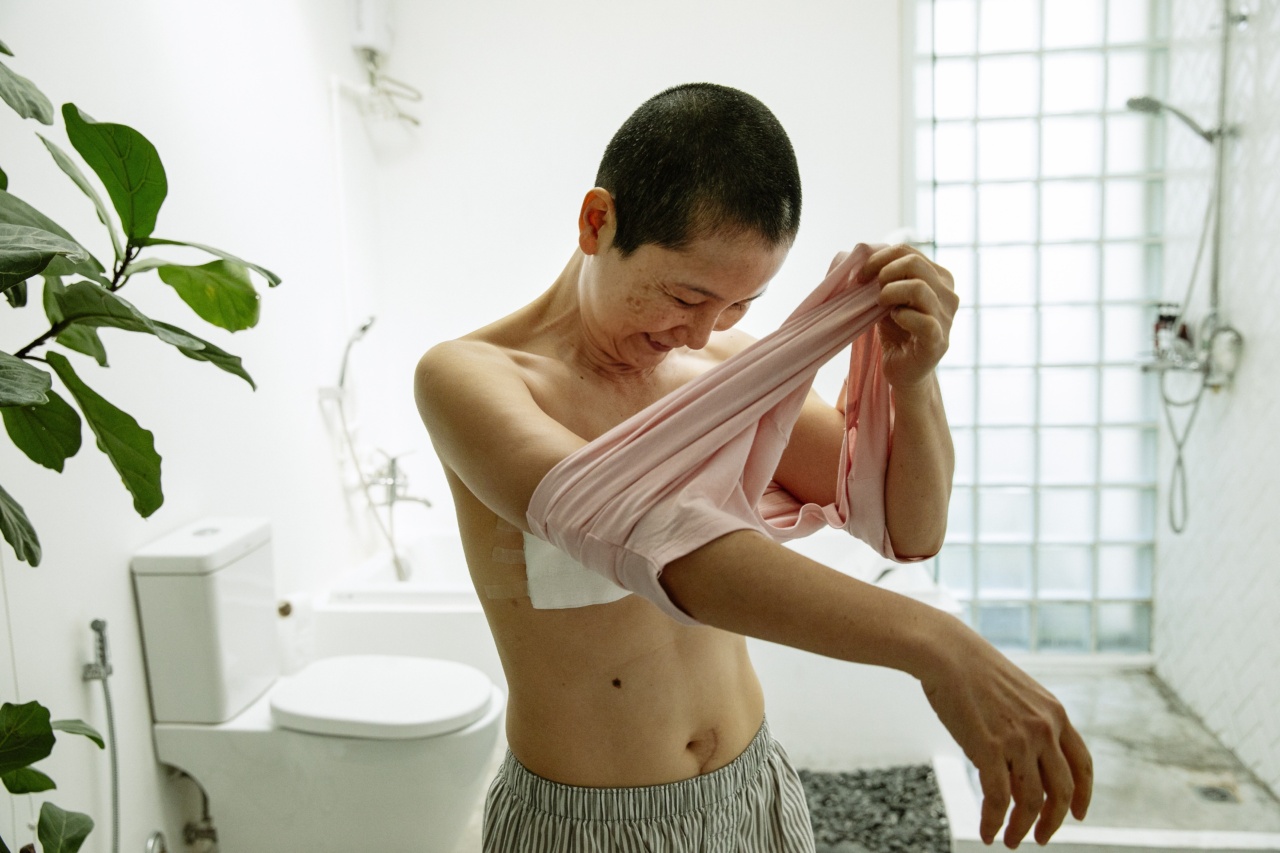Hair loss is a common problem that affects millions of people worldwide. Whether it’s due to age, genetics, or medical conditions, losing hair can be a distressing experience.
Fortunately, advancements in medical science have made it possible to restore hair through hair transplant surgery. This surgical procedure involves removing hair follicles from one part of the body, known as the donor area, and transplanting them to the areas where hair is thinning or balding, known as the recipient site.
The Types of Hair Transplant Procedures
There are two primary methods of hair transplant surgery: follicular unit transplantation (FUT) and follicular unit extraction (FUE).
Follicular Unit Transplantation (FUT)
Follicular unit transplantation, also known as strip harvesting, involves removing a strip of tissue from the donor area, usually at the back of the head, and dissecting it into individual follicular units.
These units are then transplanted into the recipient site. FUT is a more traditional and cost-effective method than FUE. However, it does leave a linear scar at the donor site, which can be a concern for some patients.
Follicular Unit Extraction (FUE)
Follicular unit extraction is a newer and more advanced technique where individual hair follicles are extracted directly from the donor area using tiny punches or instruments. These follicles are then meticulously implanted into the recipient site.
FUE has gained popularity because it does not leave a noticeable linear scar and usually results in faster healing and minimal discomfort compared to FUT. However, it can be more time-consuming and expensive due to the meticulous nature of the procedure.
The Consultation and Evaluation
Prior to undergoing hair transplant surgery, a thorough consultation and evaluation with a qualified hair restoration specialist is essential.
During this consultation, the surgeon will evaluate the patient’s hair loss pattern, assess the donor area’s hair density and quality, and discuss the patient’s expectations and goals. It is crucial for patients to have realistic expectations and understand that hair transplant surgery is not a magic cure for baldness.
The surgeon will determine if the patient is an ideal candidate for the procedure and recommend the most suitable technique.
The Procedure: Step-by-Step
1. Preparing the Donor Area: The donor area is typically the back of the head, where hairs are resistant to the hormone responsible for hair loss. The surgeon will trim the hair in this area for easy access during the procedure.
2. Administering Local Anesthesia: Before starting the surgery, the surgeon will administer local anesthesia to ensure the patient’s comfort and minimize any potential pain or discomfort.
3. Harvesting the Donor Hair: In FUT, a strip of tissue is removed from the donor area, while in FUE, individual follicles are extracted directly using a punch tool. The surgical team then carefully prepares the grafts for transplantation.
4. Creating Recipient Sites: The surgeon makes tiny incisions or slits in the recipient site, considering the direction, angle, and density required for natural-looking hair growth.
5. Implanting the Grafts: The harvested grafts are meticulously implanted into the recipient sites, ensuring proper placement and natural alignment of the hair follicles.
6. Post-Procedure Care: After completing the transplantation, the surgical team instructs the patient on how to care for the newly transplanted hair, including washing, avoiding strenuous activities, and medications or supplements if prescribed.
Post-Surgery Recovery and Results
Following hair transplant surgery, it is normal to experience some redness, swelling, and mild discomfort in the recipient and donor areas.
The recovery period varies from person to person but usually involves a few days of rest and specific post-operative care instructions.
The transplanted hair may initially shed within a few weeks, but new hair growth typically begins within a few months. Over time, the transplanted hair follicles should continue to grow naturally, producing healthy and permanent hair.
The final results may take up to a year to fully manifest.
Potential Risks and Complications
Although hair transplant surgery is generally considered safe and well-tolerated, it is essential to be aware of potential risks and complications.
These can include bleeding, infection, scarring, and even unnatural-looking results if not performed by a skilled surgeon. Choosing a reputable and experienced hair restoration specialist significantly reduces these risks.
The Cost of Hair Transplant Surgery
The cost of hair transplant surgery can vary widely depending on various factors, including the extent of hair loss, the technique used, the surgeon’s expertise, and the location of the clinic.
Generally, FUT is less expensive than FUE due to the differences in the procedure’s complexity and time requirement. It is important to consult with a reputable hair restoration specialist to get an accurate cost estimate based on individual needs and expectations.
Conclusion
Hair transplant surgery offers hope to those experiencing hair loss, providing a chance to regain confidence and a more youthful appearance.
By understanding the different techniques available, consulting with a specialist, and having realistic expectations, individuals can make informed decisions regarding their hair restoration journey. With the assistance of an experienced surgeon, hair transplant surgery can be a transformative and life-changing procedure.

























